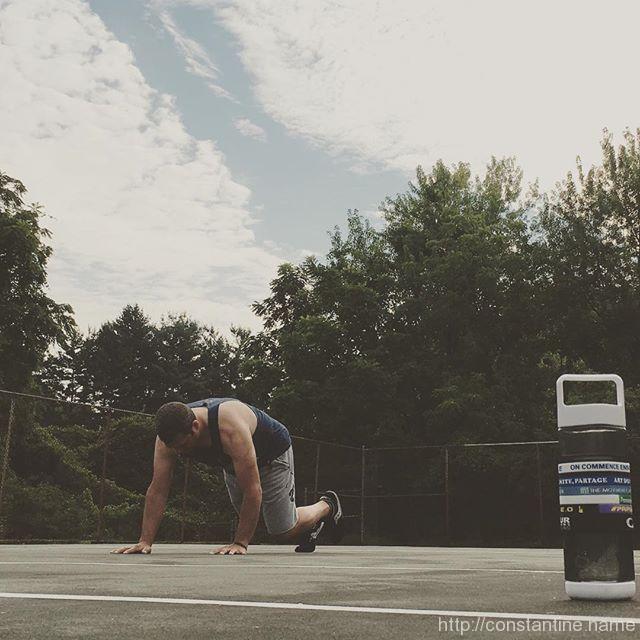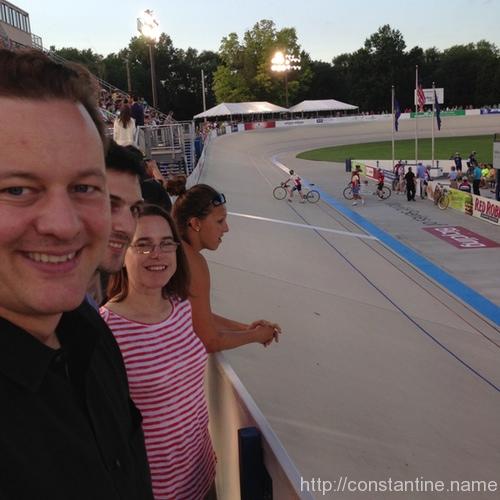We once spent 7 years remodeling our house while living in it. *shudder* Note to self: Don’t ever do that again. In such a journey, you must learn to navigate a precarious balance between perfection, and omgbecky just get it done! Reflooring the entire house? …maybe lean toward the former. Gutting the only bathroom to subfloor and bare stud walls? …maybe lean toward the later. (Ask me in person and I’ll tell you some stories.) But there is a huge swath of work that falls in the middle area.
“When in doubt, rip it out,” became my matra in those years. Yes, we could fix, cover, repair, patch, shift, or ignore whatever-it-was. And we’d then forever live with the fixed, covered, repaired, patched, shifted, or… well, you can’t ignore it forever. So any time there was doubt, we ripped it out. Dug it up. Tore it down. And then—as time, energy, and money—were available we did it the right way. Or at least, the way we wanted it.
This principle works spendidly too for things other than one’s physical domicile. “What would be the right way, or at least the way I’d want it to be?” will lead you on a journey of exploration.
What’s the right way to repair the crown wash atop our chimney?
How should I convey all these features, benefits and doo-dads to new community members?
How should I organize this book I’m writing?
What would whatever-this-is be like if I did it the Right Way(tm)? …why is that the Right Way(tm) and what if I did it differently?
…but this is actually a post about my slipbox. I’ve not posted recently about it, and it continues to grow. Mostly I continue collecting quotes. But the main part of the slipbox is growing slowly as well. The topmost-level numbers are major divisions, conceptually. “4” is a hierarchy of analects. (I’ll pause while you search.) And “2” is for books.
Any time I want to refer to a book, I add a reference like, “(2b2)” on a card. I had setup the 2nd-level-letters to be MDS leading digits. So that’s a reference to the 2nd book in the 2b section. The point isn’t to understand the structure, when I see a reference… I can just go find the slip. I’m simpy explaining how it was setup. When I set it up, I thought a structural organization would be the way I’d like it.
I was thinking I’d put notes about the books elsewhere in the slipbox. Turns out I’d rather keep a few notes directly “under” the slip for the book itself. But that means I can’t easily find Tomorrow and Tomorrow and Tomorrow—great book by the way. I have to go find its MDS number and then go into that slipbox section. So yesterday I pulled all the slips out of the “2” section and redesigned the entire thing.
“When in doubt, rip it out.”
The section is now simply organized by title. That book is now under “2to1″ —”to” from the title, first book under “to”. But the first rule of a slipbox is that you cannot change the address of a card. Other cards likely refer to it. And my blog posts have slip addresses on them. And I have digital documents with slip addresses in the names.
So I spent hours hunting and searching through everything, updating blog posts, updating filenames of digital files, updating notations on slips, … hunting down the physical books and updating the notes I keep in the books. It was a big undertaking.
If you’ve been following along with my slipbox journey, you’ve seen me write about how the slipbox enables having a conversation… with the ideas in the slipbox. It sounds wacky, I know. But my experience yesterday showed me it’s true. Every idea, every slip, were mine originally—I put them all in there. But I had an entire day’s worth of new ideas, connections, rereading parts of books, making new notes, … it was totally worth every minute, (yesterday and to date creating the slipbox.)
ɕ



